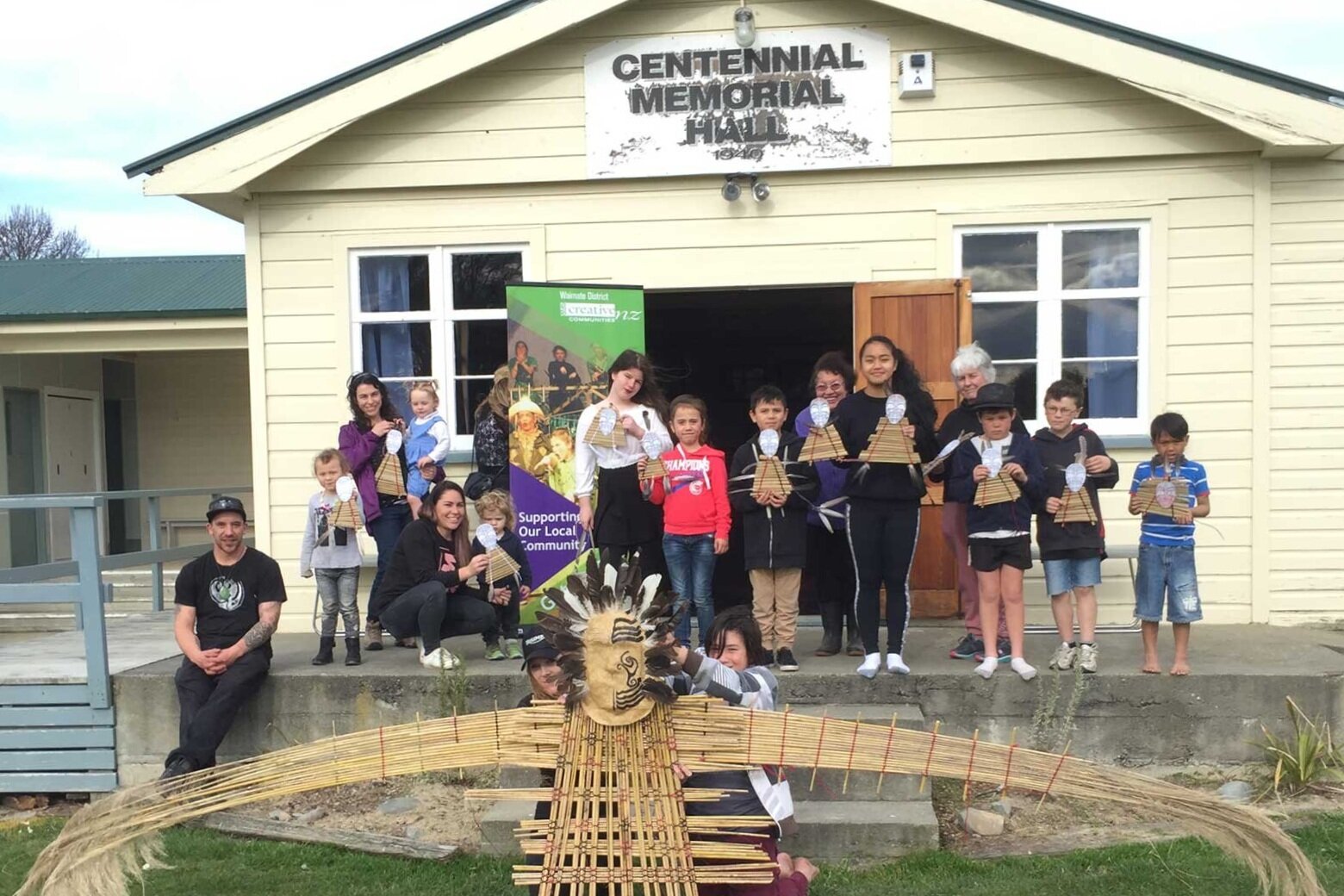Waihao Marae
Te Rūnanga o Waihao
The Waihao marae hosts visitors on Waitangi Day and at other times by arrangement.
Whanau and friends at a recent workshop at Waihao Marae.
History
The name Waihao refers to an important food resource obtained from the river that has its beginnings in the upland country behind the hills, known as Te Tari Te Kaumira.
Māori here trace their lineage to Waitaha, Kāti Mamoe and Ngāi Tahu. To these people Waihao is their turangawaewae, their home. Kāti Mamoe migrated from the North Island in the sixteenth century and Ngāi Tahu arrived in the seventeenth century.
It’s estimated by local Maori that their Waitaha ancestors arrived about 2000 years ago. This is based on the number of generations of the Waitaha people.
Today
Work will soon begin on a whare mōkihi (boat shed), at the front of the Waihao Marae to house a precious 6-metre long x 1m wide waka built out of raupo by Tim Te Maiharoa in the early 1990s. Other recent projects include the addition of a dining room, office block, function room, a garden with two tunnel houses and a new mattress room.
Waihao Marae is available as a meeting and function venue for up to 120 people, which can include catering.
Address: Te Runanga o Waihao, 26 Maori Road, Morven, Waimate
Phone: 03 689 4726
Story of Paewhenua and the Wind Taniwhā
by Wendy Heath
In the past the people of Waihao were semi-nomadic and spent the colder months near the coast and the warmer months harvesting the resources of the inland areas of the takiwā.
Waihao people would gather their equipment and whānau together and would trek up the Waitaki Valley to the area around Omarama and Ōhau to hunt for weka. After the weka were gathered and processed, the people would gather the raupo needed to build enough mokihi (rafts) to carry all their goods and people down the river to the coast.
One of the most precious taonga of the Waihao people, a toki (adze) called Paewhenua, always had to be taken on this trek as it was needed on the return journey.
Paewhenua was placed on the lead mokihi on the journey down the river because this toki had a relationship with the wind Taniwhā that live around the mountain Kohurau, which shelters the town of Kurow. This taniwhā would leap onto the lead mokihi with Paewhenua, and the people would travel safely to the coast under the dual protection of Paewhenua and the Taniwhā.
If Paewhenua was not on the lead mokihi, the Taniwhā would blow fiercely and could cause the mokihi to overturn, losing the valuable weka.
In the early years of European settlement Paewhenua disappeared.
Waihao Kaumatua have over the years searched museums and collections for word of Paewhenua.
One day Paewhenua will return and the Hapū will be here to welcome the toki home.


